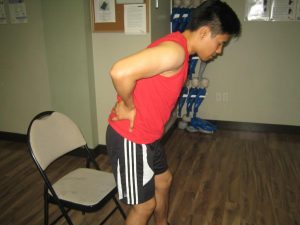A pelvic avulsion fracture occurs if the tendon is pulled away from the bone, often taking along a fragment with it. The injury typically develops at the ischial tuberosity in which the hamstrings are linked.
An avulsion fracture can occur after forceful, abrupt contraction of the muscle. This can occur among those who engage in sports that involves jumping, sprinting or sudden directional changes. The injury is likely to occur if the individual has taut muscles due to lack of stretching or proper warm-up before activity.
What are the indications?
The usual signs of a pelvic avulsion fracture include the following:
- Pain or discomfort during strong, explosive movement
Weakness and discomfort during certain movements that place strain on the affected tendon. - Weakness and discomfort during certain movements that place strain on the affected tendon
- Swelling and bruising
Management of a pelvic avulsion fracture
Once an individual is suspected with a pelvic avulsion fracture, it is vital to seek medical care right away.
- Adequate rest is a vital component of treating the injury.
- Cold therapy must be utilized by applying an ice pack regularly during the initial 2-3 days to ease the pain and inflammation.
In most cases, an X-ray is taken to confirm a diagnosis of the injury. Generally, the treatment for the fracture is rest since they tend to recuperate on their own within 4-6 weeks.
There are cases in which surgical intervention is necessary which involves reattachment of the bone and tendon to the pelvis. This is essentially reserved for large fractures where there is significant displacement.
After a period of adequate rest, a rehabilitation program can be started with the objective of restoring full strength and movement of the hip.
More Information / Disclaimer
The information posted on this page on a pelvic avulsion fracture is for learning purposes only. Learn to recognize the signs and how it is managed by taking a standard first aid course with Ottawa First Aid.

